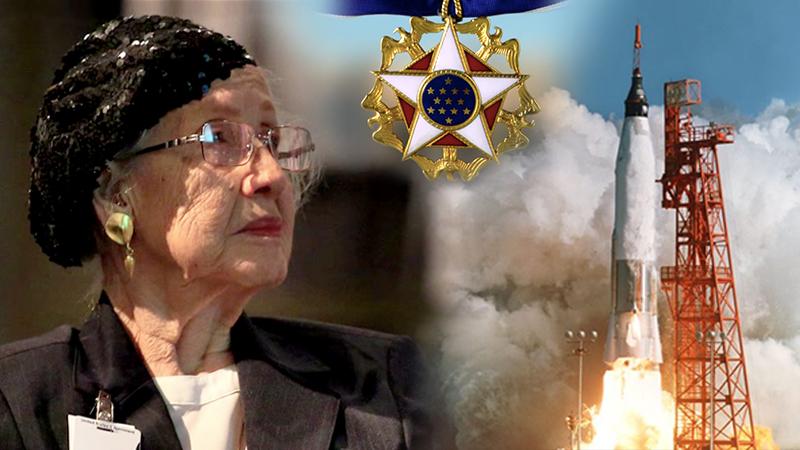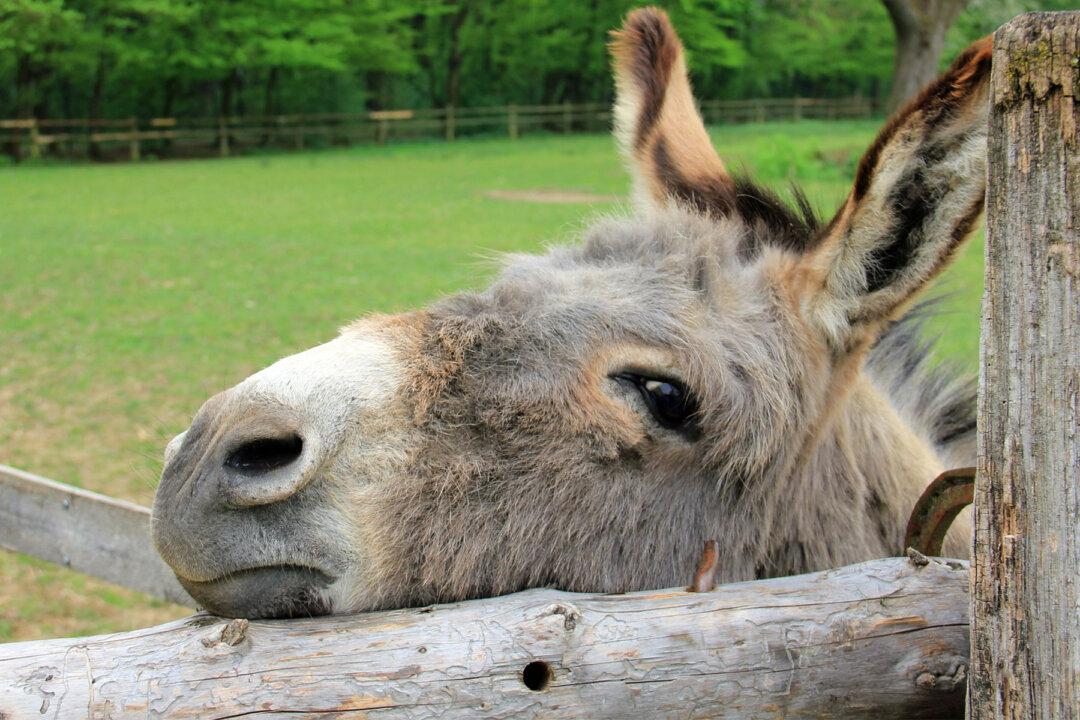Today, at the age of 100, she is regarded as one of the pioneers of space travel, but in the 1960s, this brilliant mathematician was a “computer” working for NASA on a low wage.
Hundreds of women with science and mathematics degrees held jobs as “computers” before the advent of electronic computers. It was actually a job title.




